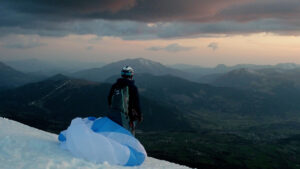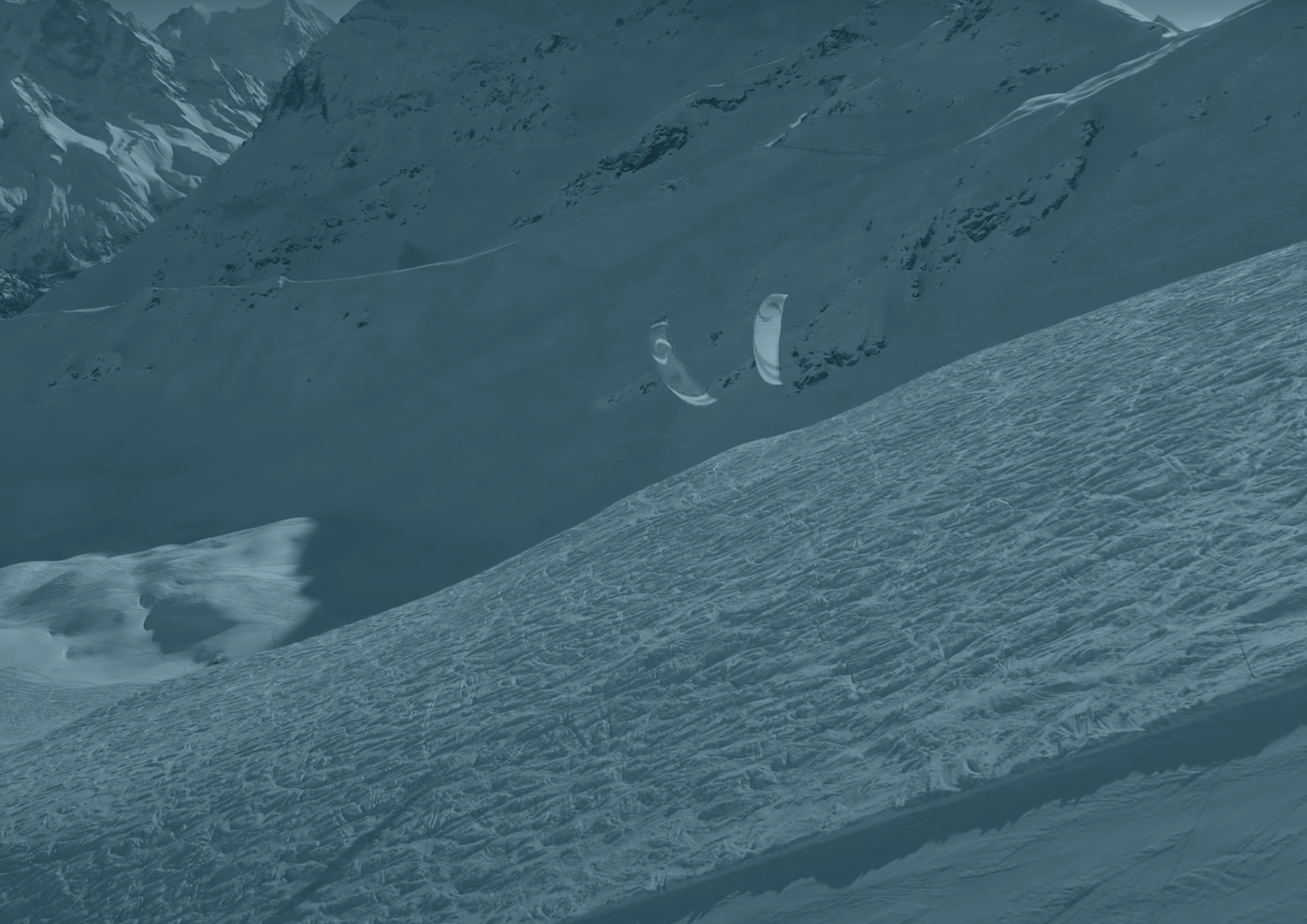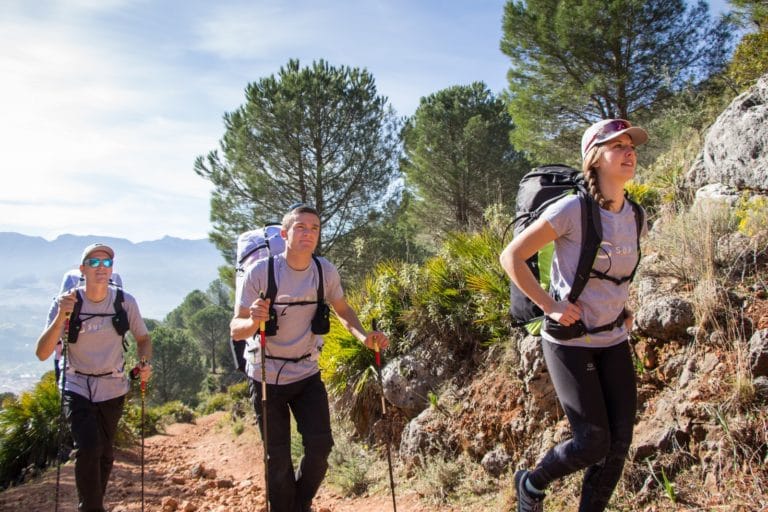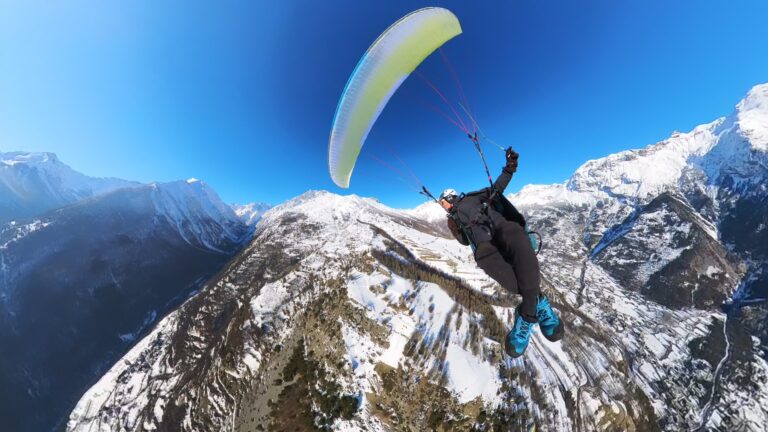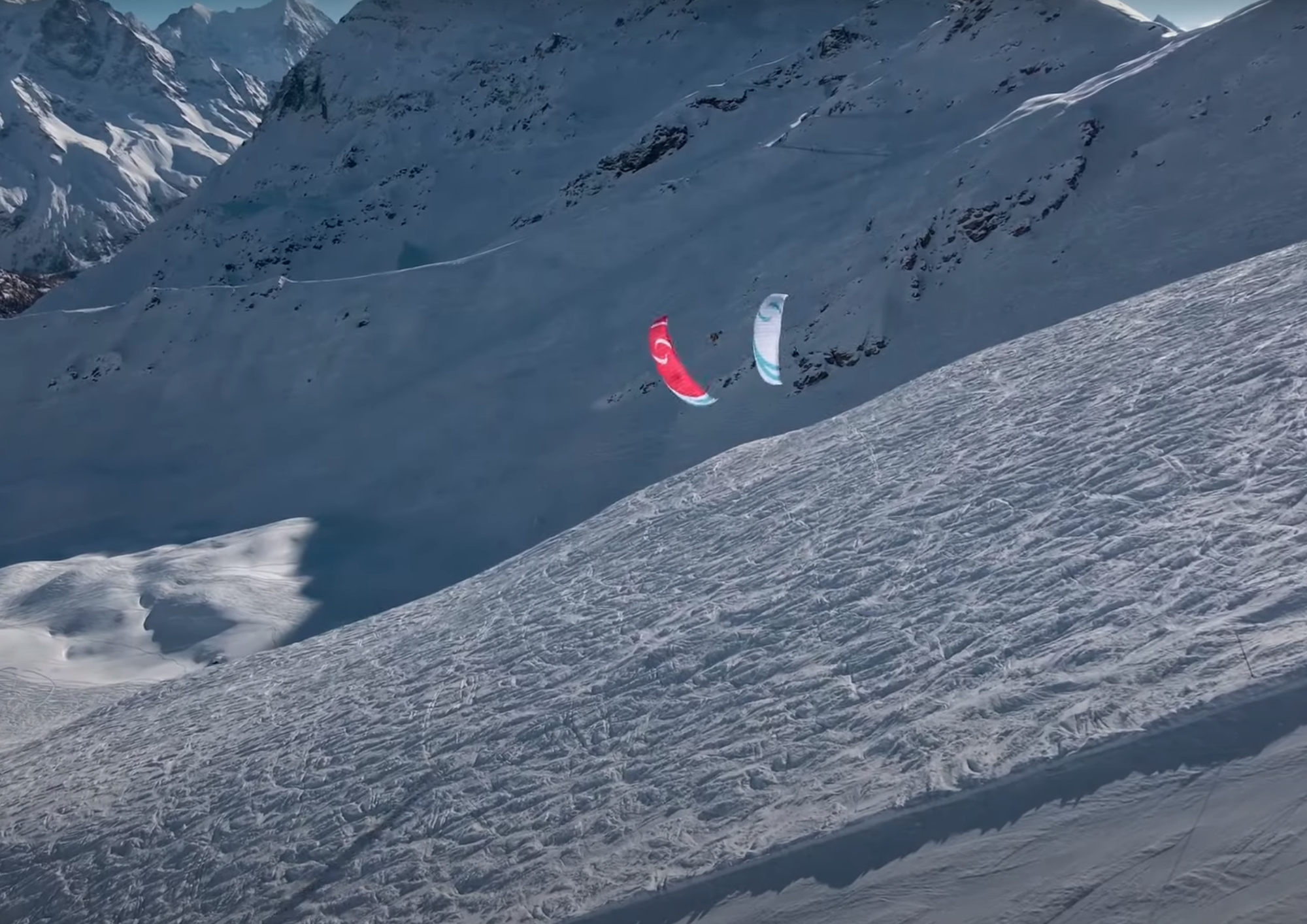
flight and skiing: the secret to winter flying
With sub-zero temperatures in our mountains and snow-capped peaks, winter is well and truly here. But don't put away your paraglider just yet! There are lots of fun things to do in winter. Have you ever heard of flight and skiing? That's just what we're talking about today.
What is flight and ski?
The title says it all: paraglider with skis on.
Take-off The more you get into the powder, the more complex it can be. Running is difficult, and picking up the speed required for Take-off becomes almost impossible.
The solution then becomes obvious: put on your skis, unfold your glider and take off, letting yourself glide down the slope. Isn't that fantastic?
The number of pilots enthusiasts is growing every year, and registrations for flight and ski challenges are filling up fast. So why not give it a try?
What is flight and ski?
Take-off and Land with your skis on is enough to qualify the practice of "flight and ski". However, when we talk about flight and skiing, we are often referring to the challenges organized by various clubs and supported by various organizations such as the FFVL, ParapenteMag or Supair.
These challenges are made up of different workshops that call on your precision at steering as well as your management of low speeds: touch & go, slide, milestone touch,Landing precision and much more. These exercises are excellent training for perfecting your technique and playing with your glider.
Although these challenges end with a ranking, they are friendly competitions, open to all levels, where the atmosphere is one of conviviality!
Dates are available throughout the winter, from December to March, in numerous alpine resorts spread across France, Switzerland and Italy. You can check the dates on the official Challenge poster flight et Ski 2024 opposite, or directly on the FFVL website.
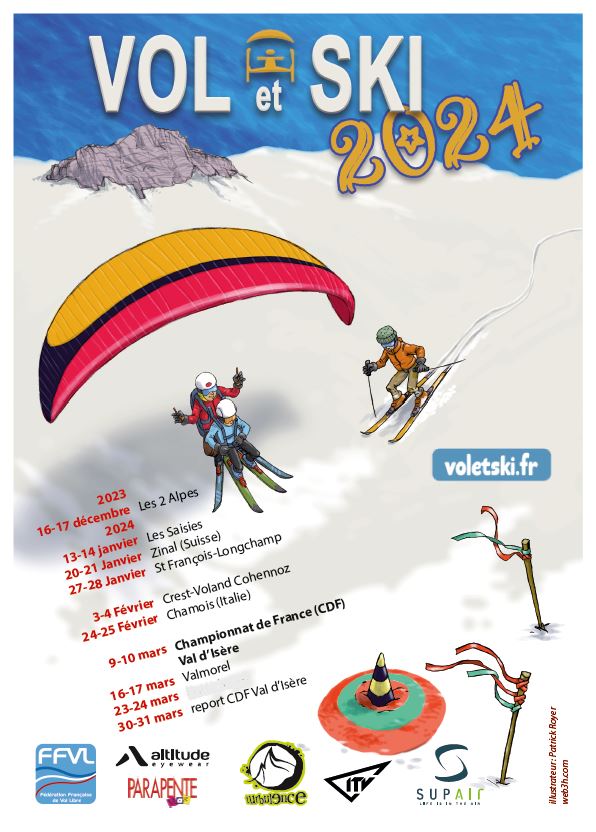
Without further ado, here are our first tips for flight and skiing:
Know how to ski before you take the plunge
And yes, first things first. If you haven't learned to ski yet, this is the first step before you take the plunge.
Although you don't need to be a competitive skier to get started, you do need to be at least a little comfortable with your skis on, otherwise you can easily hurt yourself. Knowing how to ski parallel will help you keep your balance when your skis come into contact with the snow.
You should also take care Caution not to ski on your equipment. Being comfortable handling your skis will prevent you from damaging your lines by accidentally running your edges over them, for example.
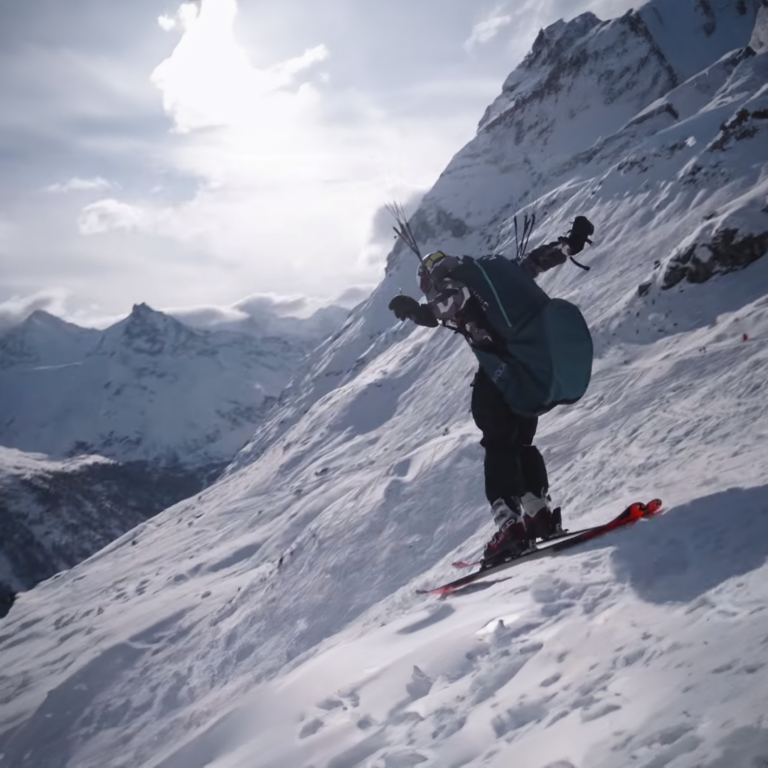
Flying on official sites
Without experience, ski landings are quite technical, and packing can quickly prove tricky. We recommend that you use official sites with facilities that allow you to fly in winter. Resorts generally provide a place accessible by lift for Take-off , as well as a large enough landing area.
Whether under a blazing sun in summer or on a blanket of snow in winter, we recommend that you contact your local school to obtain the information you need for safe practice.
Is there a minimum level required to take part in the flight and Ski challenges?
As far as French regulations are concerned, you don't need to have any certification to register. You simply need to hold a valid FFVL license and be self-sufficient in flight.
To practice in Switzerland, you will need to hold a Brevet paragliding pilot.
In general, find out about the regulations in force in your country to ensure your safety and that of others pilots.
What equipment should you use for flight and skiing?
As always, the answer to this question will depend on your level and your ambitions. However, here are a few tips that apply in all cases, whatever your Airfoil pilot:
Which skis to use?
There's no particular type of ski for flight and skiing. The most important thing is tobe comfortable with your equipment and to have warm, comfortable ski boots so that flight is a pleasant experience.
Alpine skis or touring skis? In reality, it doesn't really matter. Just note that alpine ski bindings are easier to handle, while hike skis have the advantage of being lighter, which can be more comfortable at flight to avoid sore legs due to the weight at the end of your feet.
The choice is yours!
Caution No matter what pair of skis or boots you use, it's very easy to hook a line into the bindings and Split hooks of your equipment.
When you're ready to take off, make sure that all your lines are clear, and that there's no risk of them getting caught in any obstacles.
When landing, try to maintain a little speed until you can drop your glider behind you. If you let it fall back on you, you risk getting tangled up and skiing on your lines.
Should one or more lines lines pass under one of your skis, try not to put any weight on it while you gently release the line.
Which glider to use?
If you're new to flight and skiing, your priority will be tolearn how to manage your skis during take-off andLanding, while enjoying a contemplative flight between the two phases. In this case, equip yourself witha glider that you know well and that takes off easily. You can use your usual glider, whatever the model.
If you're a little more experienced and your aim is to get the skis to touch, you can opt for a more playful and maneuverable glider . A glider like theEIKO2 is perfect for the flight and ski program. As well as being compact, and therefore easy to take with you on the lifts, it will give you hours of fun on the snowy slopes.
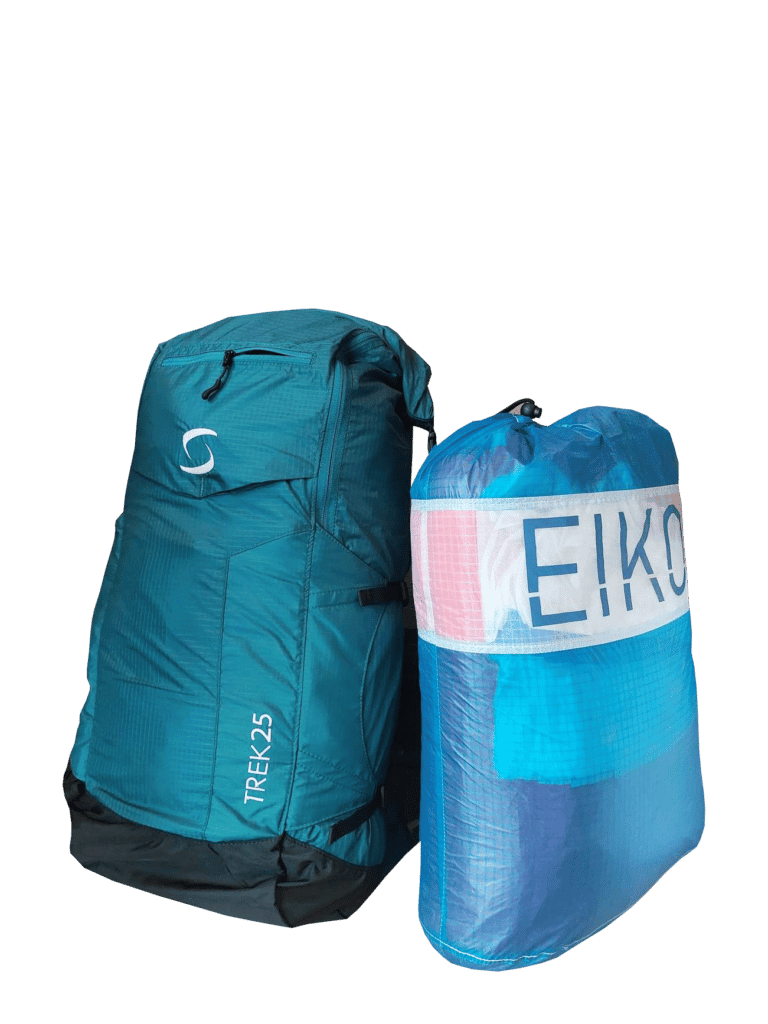
Zinal Bétrisey Reine Cup 2024 - flight and skiing in EIKO2

Which harness to use?
You'll need to pay more attention toCaution when choosing your harness than when choosing your glider , as it will have to meet more criteria to be compatible with flight and ski.
- The locking system
To begin with, harnesses cocoons should be avoided. Although this may seem logical, it's always a good idea to make it clear: in addition to being more cumbersome, the speedbag trailing behind your legs will be uncomfortable and unpleasant to manage during the skiing phases.
Next, we recommend that youavoid harnesses boots that can be slipped on without opening. The volume of your ski boots makes it tricky to get your foot into the shorts. The boot's numerous Split hooks are likely to catch on the fabric and tear if you don't realize it. So opt for harnesses boots that open for a more comfortable and less risky Use (buckles or Carabiners).
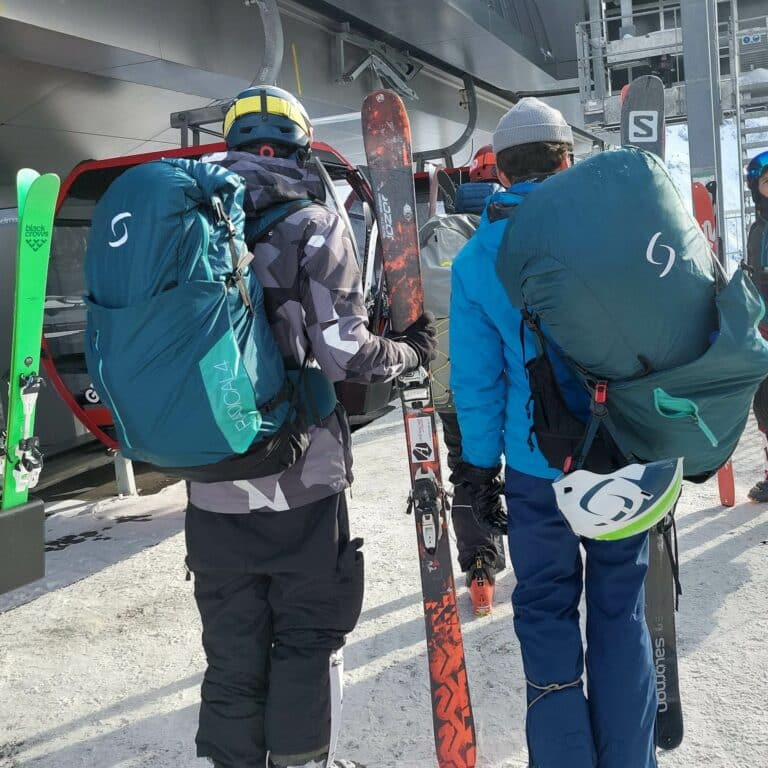
- Protection
Although many people practice flight and ski with a harness string, we strongly recommend that you retain subcutal protection for your own safety. Since flight and skiing are often practiced close to the ground, it's important to protect yourself in case of impact.
If you have the choice between a harness airbag or moussebag, here are the elements to consider:
- The airbag protection is less bulky, which is an advantage for flight and skiing where you'll need to use the ski lifts.
CautionHowever, just like sand, snow can infiltrate through the airbag scoops, leaving you with snow inside the airbag. This can affect the effectiveness of the protection, so make sure you don't drag your harness around too much in the snow, and check regularly that your airbag is empty. - In contrast, a harness moussebag is unlikely to be affected by snow. On the other hand, it's bulkier and you may find it harder to take the ski lifts because of the foam protection.
In general, easy-to-handle equipment is preferred for flight and skiing. Compactness is an advantage, but it shouldn't take precedence over safety. Bear in mind that you'll often be flying close to the ground, so it's important to protect yourself.
The RADICAL4 is a good example of harness from flight and ski: compact and easy to handle, you remain free to move while its airbag ensures a High level of passive safety in flight.
Points ofCaution
Whichever material you choose, you'll need to be sure to Caution snow and ice. As we mentioned at High, snow can infiltrate the protection, but not only that.
After a day's skiing at flight , remember to check your reserve parachute pocket: make sure no snow has entered either the pocket or the parachute. If you find that your parachute is damp, unfold it to dry and refold it once it's dry, making sure that the pocket is dry too.
When you carry out your preflight and the harness is placed on the snow, ice can sometimes form on the Carabiners, which may prevent them from closing properly. When settling into your harness, it is essential to check that your Carabiners are correctly locked.
- What accessories are useful for flight and skiing?
The poufbag: Flying in a resort allows you to do one rotation after another using the ski lifts, but this forces you to repeatedly fold your glider in the snow, which isn't very pleasant. What's more, folding repeatedly makes the equipment damp and increases the risk of snow seeping into the Cells. For all these reasons, we advise you to use a poufbag like the STORAGE SOLO 2, which allows you to quickly and easily stow your glider en bouchon between flights.
If your harness is heavy or bulky, we advise you to use a poufbag with shoulder straps so that you can easily carry all your equipment and so that it doesn't get in the way when you're skiing.
If you're equipped with a harness thong, you can make do with a small poufbag to store your glider and keep the harness on your back. Caution However, make sure that no Strap gets caught in a chairlift, for example.
No ski poles: This makes sense, since you won't be able to fly with your poles in your hands. On the other hand, make sure you know how to ski without poles, as it's not uncommon to have to ski down a stretch of piste to reach the take-off point from the High lift station.
Water: the cold tends to make us forget the sensation of thirst. But in both summer and winter, the body needs to stay hydrated! So don't forget to pack a bottle of water in your harness. As temperatures are often negative in ski resorts, we advise against using a Flask , as the water may freeze in the hose.
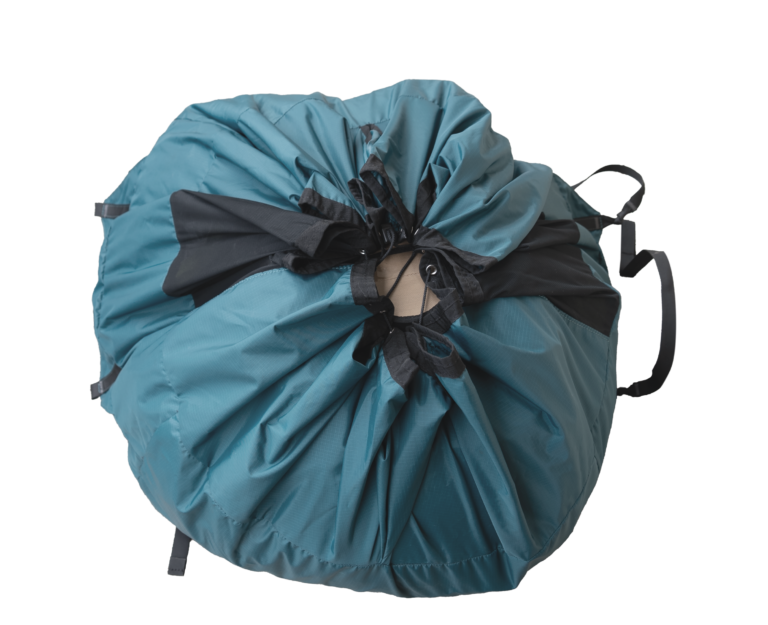
Dressing for flight and skiing
Flying in winter requires preparation for low temperatures. The whole complexity of dressing for flight and skiing is to protect yourself from the cold while choosing clothing that can wick away perspiration. To do this, you can rely on the 3-layer method, frequently used for outdoor sports:
- 1st layer: wicks away perspiration
The first layer is closest to your body, against your skin. It's generally made of a breathable technical fabric whose role is to wick away the perspiration you produce during physical exertion. So you don't end up with a wet suit that makes you feel cold.
- 2nd layer: insulation from the cold
Once the moisture has been wicked away by the first layer, you now need to protect yourself from the cold. This layer works by trapping the air heated by your body temperature in the fabric, so the thicker your 2nd layer, the warmer you'll stay.
- Layer 3: Weather protection:
The final step in dressing effectively for flight and skiing is to protect yourself from the vagaries of the weather, whether wind or snow. You'll need a waterproof and windproof layer to complete your outfit.
Once you have these 3 layers on top of each other, you'll be able to cope with the weather conditions imposed by flight and skiing. You can, of course, adapt the number of layers to suit the conditions you encounter.
- Ski pants: Just as for your normal skiing days, you can use your pants or even your ski suit. If the weather is going to be very cold, think about adding thermal tights under your pants to retain heat more effectively.
- Gloves: If gloves are already recommended all year round, whatever the conditions, they are absolutely essential in winter. Extremities such as hands and feet are the first parts of the body to feel the full effects of the cold. So choose gloves that are thick enough to keep you warm.
Please note: very thick gloves can make pre-flight checks difficult and complicate steering if they are too big to fit through the brake handles. Remember to take a pair of under-gloves so you can handle your equipment comfortably.
- Helmet and bonnet: If you're flying with a Helmet like the Supair PILOT, consider fitting earflaps to the Helmet to keep warm. If you're the chilly type and the size of your Helmet allows it, you might consider slipping a cap underneath to retain heat more effectively.
Important: after every day of flight and skiing, don't forget to take your equipment out to dry. Even if it's not full of snow, the fabric retains moisture and needs to be aired to allow it to evaporate.
This Advise is valid for all your equipment: glider harness and rescue.
